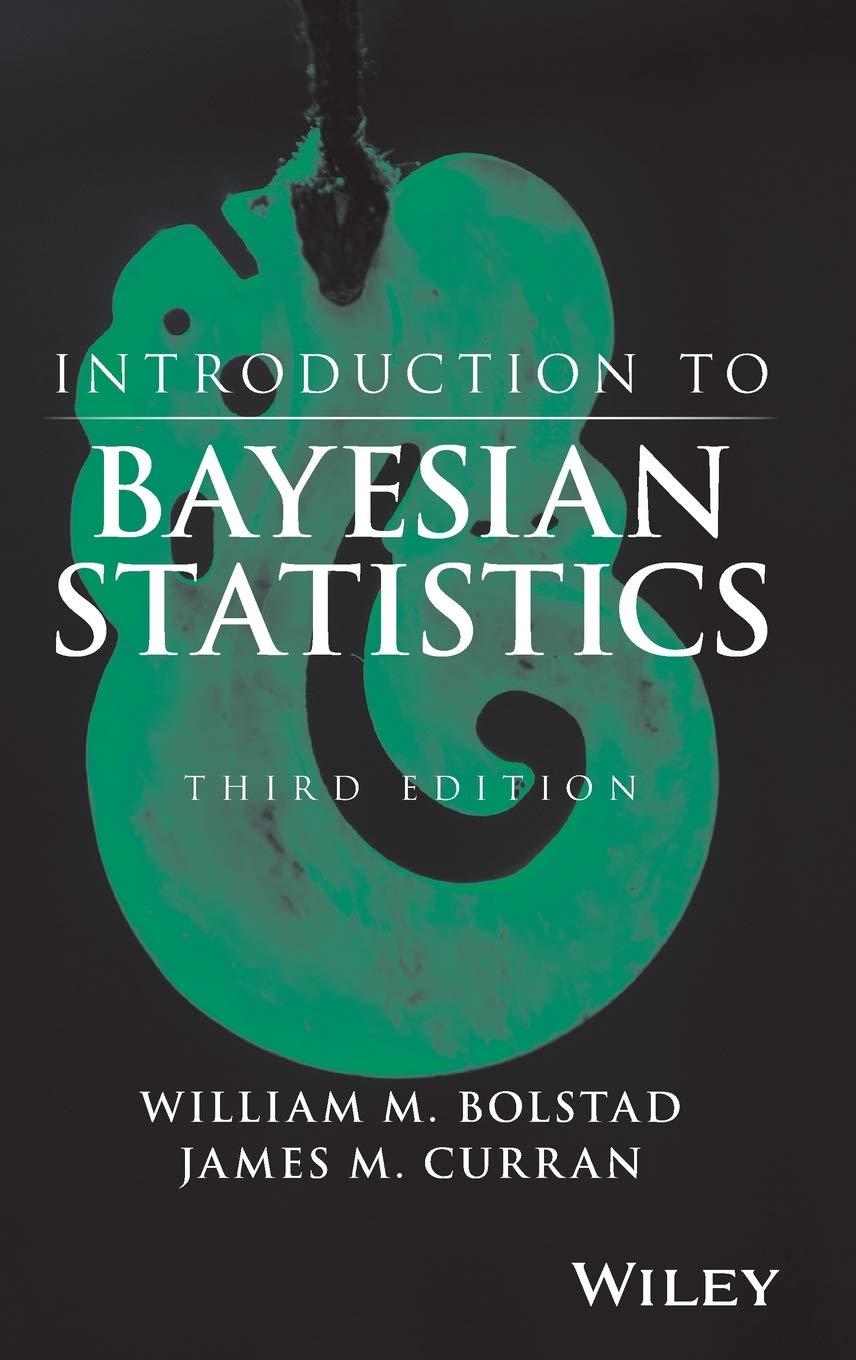Family formation patterns in New Zealand have changed over the time frame covered by the survey. New
Question:
Family formation patterns in New Zealand have changed over the time frame covered by the survey. New Zealand society has become more accepting of couples co-habiting (living together before or instead of legally marrying). When we take this into account, are younger New Zealand women forming family-like units at a similar age to previous generations?
(a) Out of the 314 women in the age group 25 29, 199 report having formed a domestic partnership (either co-habiting or legal marriage) before age 22. Find the posterior distribution of \({ }_{1}\), the proportion of New Zealand women in that age group who have formed a domestic partnership before age 22. (Use a uniform prior for 1.)
(b) Out of the 219 women in the age group 50 54, 116 report having formed a domestic partnership before age 22. Find the posterior distribution of 2 , the proportion of New Zealand women in that age group who have formed a domestic partnership before age 22. (Use a uniform prior for 2 .)
(c) Find the approximate posterior distribution of \(\quad 1 \quad 2\).
(d) Find a \(99 \%\) Bayesian credible interval for \(1 \quad 2\).
(e) What would be the conclusion if you tested the hypothesis
\[
H_{0}:{ }_{1} \quad{ }_{2}=0 \text { versus } H_{1}:{ }_{1} \quad{ }_{2}=0
\]
at the \(1 \%\) level of significance.
Step by Step Answer:

Introduction To Bayesian Statistics
ISBN: 9781118091562
3rd Edition
Authors: William M. Bolstad, James M. Curran





